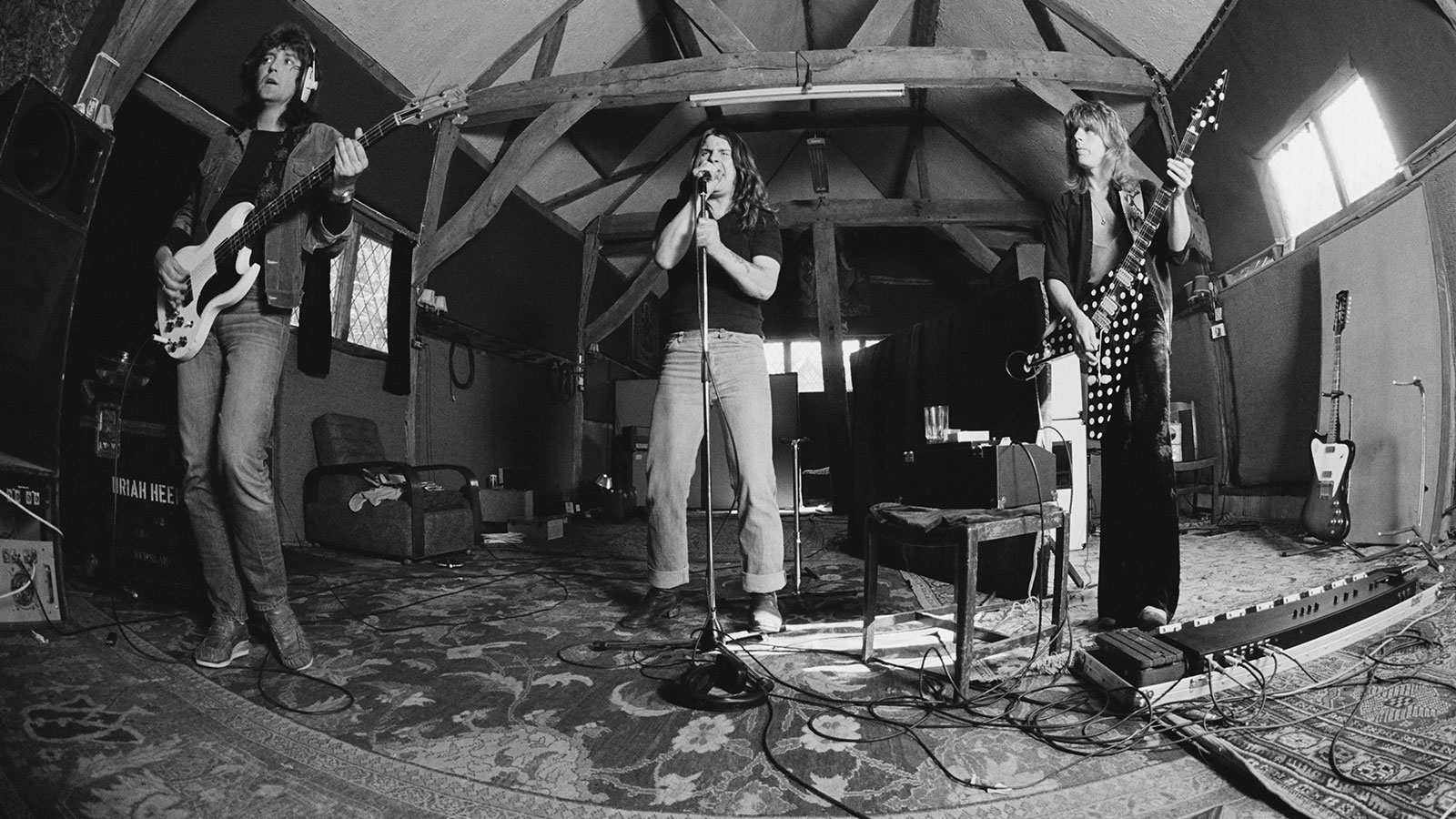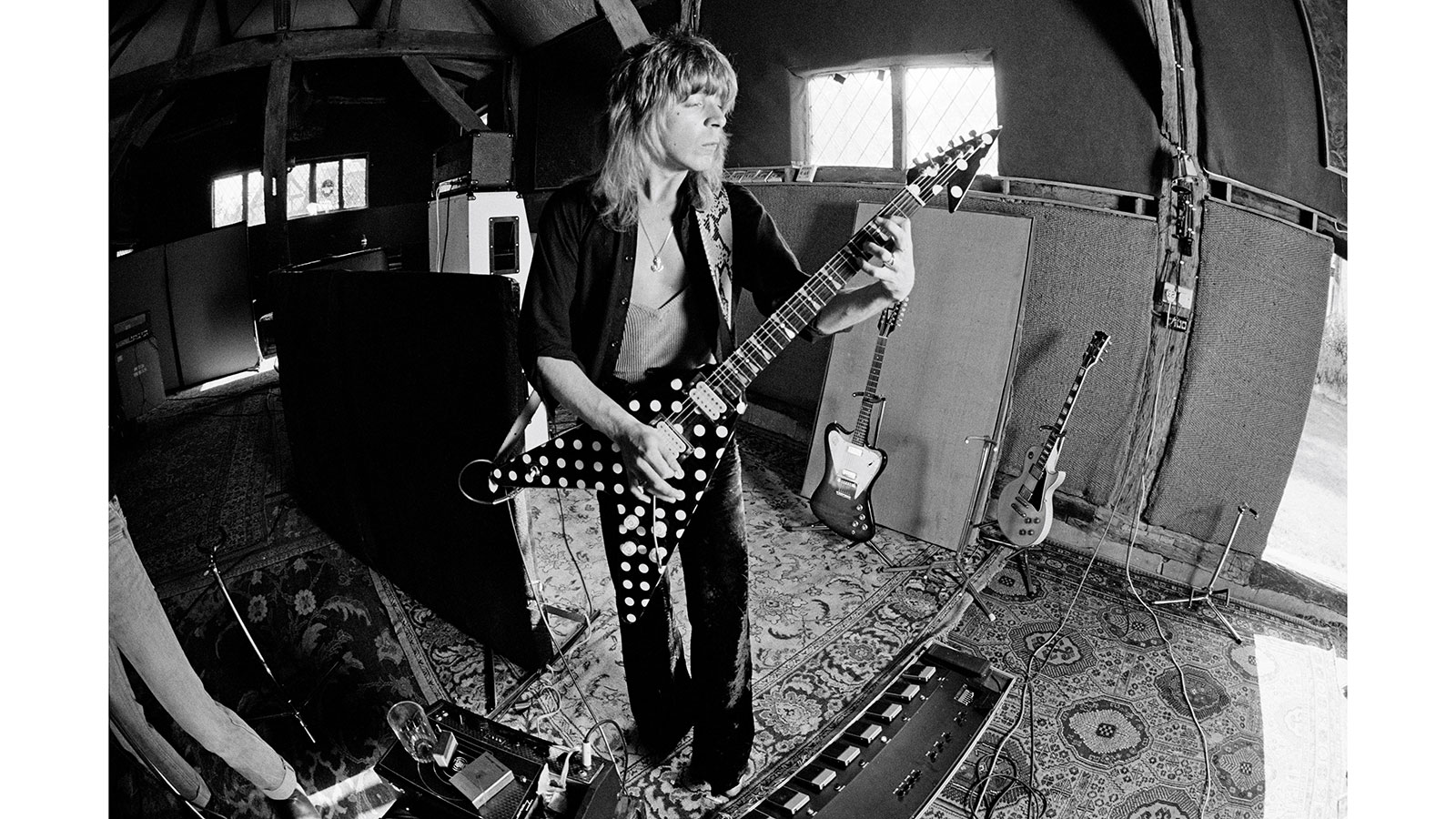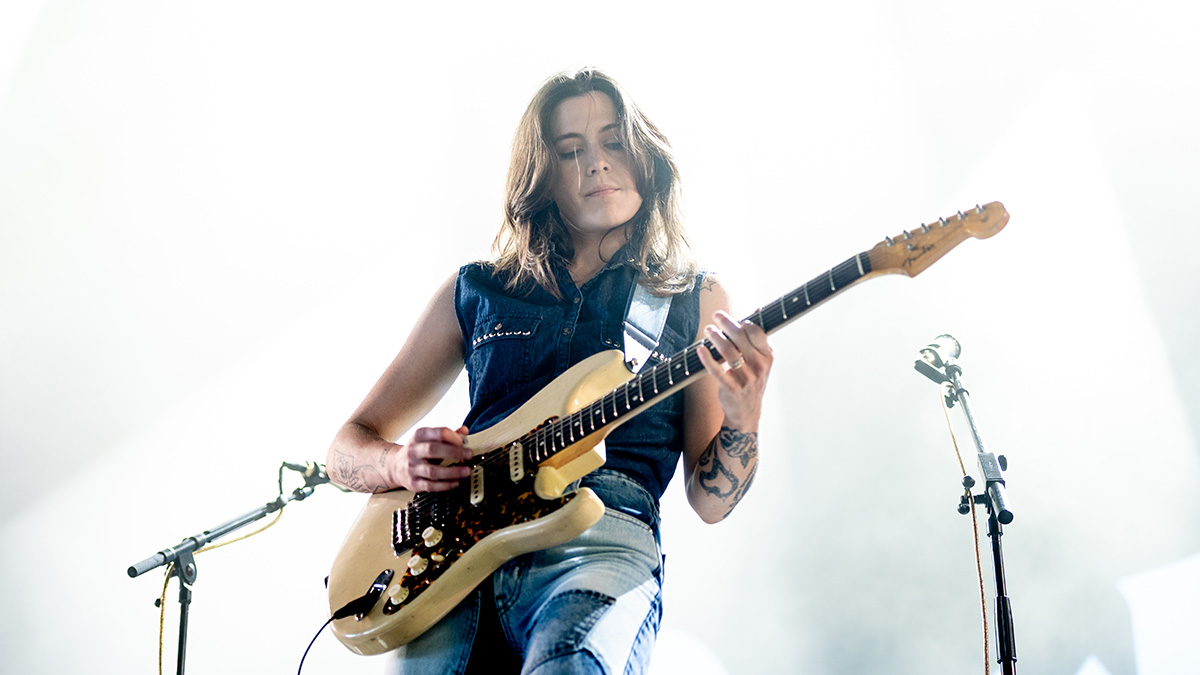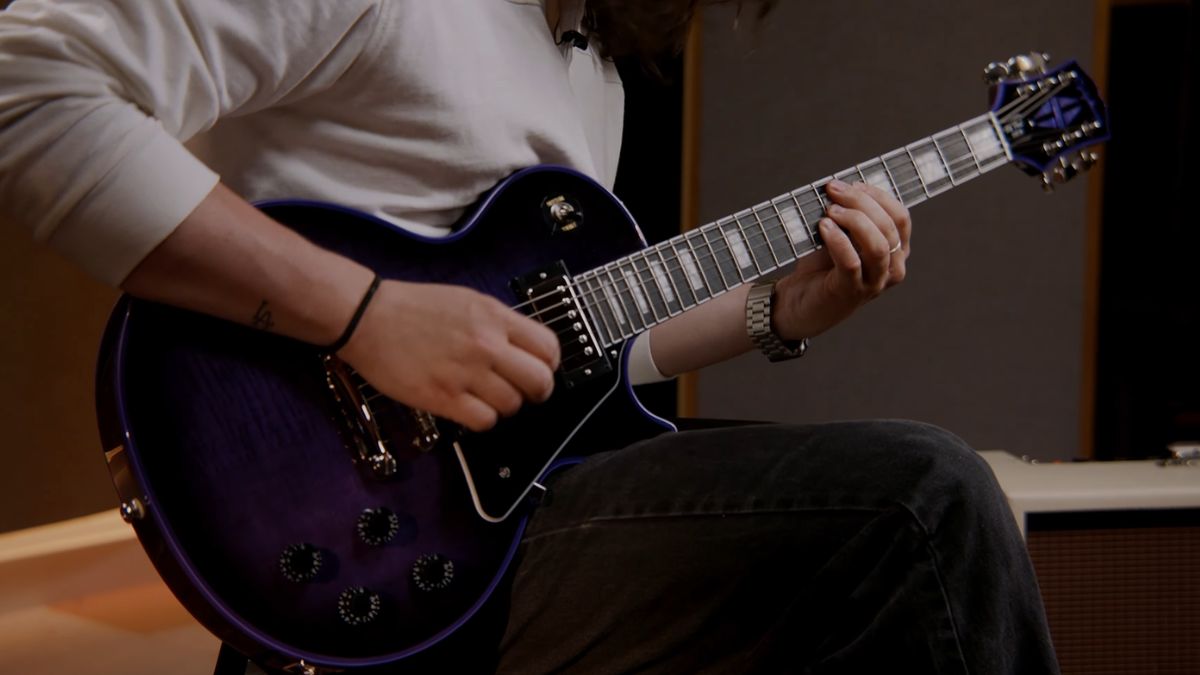What was actually on Randy Rhoads’ “chip pan” pedalboard?
Plus how Budgie guitarist “Big” John Thomas and Randy Rhoads attempted an ill-fated repair on the ‘board, only to reveal a deeper mystery behind the late Ozzy guitarist's tone

In addition to his synonymous pair of 100-watt, Marshall stacks and his Jackson, Gibson and Sandoval axes, another vital component in Randy Rhoads’ signal chain was the large pedalboard he used on stage and in the studio.
The custom-made behemoth housed in a flight case and boasted no fewer than eight switches and nine control knobs. Ozzy Osbourne nicknamed it the “chip pan” because it was so darned noisy! [Editor’s note: “Chip” is a common U.K. term for french fry.]
The $64,000 question, however, is: Were the stompboxes under the hood of Randy’s “chip pan” totally stock, or were they modded in some way? Read on and all will be revealed... or will it?
On Monday, October 13, 1980, at Malvern Winter Gardens, England, I was fortunate enough to watch Randy play on Ozzy’s first U.K. tour. To say I was blown away by what I saw that night would be a massive understatement; I knew I was watching a man destined to become a legend.
The opening band was the criminally underrated and oft-overlooked Welsh power trio, Budgie. Shortly thereafter, I became good friends with Budgie’s guitarist, “Big” John (JT) Thomas (now sadly deceased – RIP, mate). As John and Randy became really close on that tour, I learned a lot about Rhoads, both as a musician and as a man, from JT.

One of the many fascinating things John shared with me concerned Randy’s now-mystical pedalboard.
“It started acting up after a roadie dropped the bloody thing,” John recalled when I interviewed him several years later. “All the techs had looked at the board and drawn a blank, so Randy and I decided to give it a go ourselves.”
Get The Pick Newsletter
All the latest guitar news, interviews, lessons, reviews, deals and more, direct to your inbox!
Before they started “tinkering,” though, the pair sensibly decided to get duplicates of all six pedals used: namely the Roland Volume and Dunlop Cry Baby wah pedals that flanked the board; plus the MXR Distortion+, MXR 10-band Graphic EQ, MXR Flanger and MXR Stereo Chorus that lurked under its hood.
However, to their complete bewilderment, when the two friends hooked up their newly purchased pedals in the same exact order, “They sounded nothing like Randy’s pedalboard.”
[Tone geek note: Randy often used a delay unit too, but it wasn’t on his pedalboard; it was at the end of the signal chain, just before his Marshall amps. It was invariably one of two tape delays: a Roland RE-201 Space Echo or a Korg SE-500 Stage Echo.]
“So we started taking his board apart and discovered that the circuitry inside it had been set in some sort of resin,” John continued. “There was nothing more we could do. Maybe his pedals had been modified, or maybe there were some line boosters or filters added, which could’ve explained the difference too; there was no bleedin’ way we could know!”
Granted, “potting” electronics in epoxy resin is often done to protect components from moisture and vibration. It also can improve insulation, thus reducing interference, too. That said, it is also sometimes done to hide a circuit and/or component secret or three!
Intriguing stuff, as Randy’s pedalboard – especially his use of the MXR Distortion+ and MXR 10-band Graphic EQ units – definitely lurks at the very heart of his highly revered guitar tone. Yes, the plot thickens...
“An all-in-one power solution, on or off the grid”: D’Addario’s rechargeable XPND Pedal Power promises to make your ’board more portable – but only if you daisy chain
“Our new power supplies are about as state-of-the-art as you can get”: How Truetone’s game-changing 1 Spot Pro series is continuing to provide pro pedalboard power to the masses with the new CS11 and XP5









